By far the biggest factor in the tire aging process is thermo-oxidation, or the heat-aided absorption of oxygen by the tire. The U.S. National Highway Traffic Safety Administration published a paper called ‘Summary of NHTSA Tire Aging Test Development Research’, in which they describe the process as, “primarily degrading from the inside-out, due to permeation and reaction of the pressurized oxygen within the tire structure, with rates proportional to temperature.” In other words, oxygen is absorbed by and reacts with the compounds in the tire, the rate of which goes up with temperature, and which causes the tire to slowly harden and degrade from the inside-out. So when you start to see cracking between the treads or on the sidewall, you can only imagine how much worse it must look on the inside.
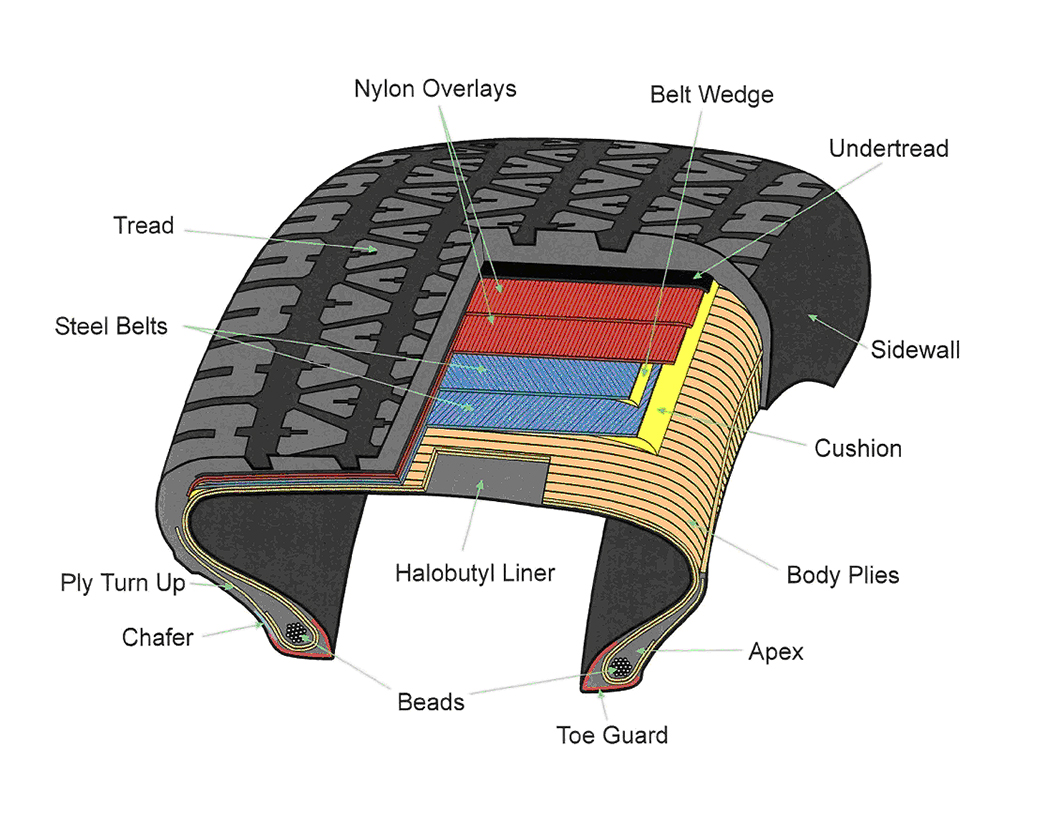
The inner liner is made of a special butyl rubber compound that’s designed to be impermeable and thus hold air, but oxygen does slowly penetrate this inner liner over time.
The inner liner of the tire is thus a critical design component as it relates to the speed at which a tire ages. Higher quality tires, usually ones designed for high performance use and with a higher speed rating, tend to have a thicker inner lining, and this helps slow oxidation. High performance tires like we’re all addicted to here also tend to be low profile, which means they have less internal air volume (although if they’re super wide that adds volume), further slowing the oxidation process. And on the flip side of the coin, a cheap winter tire with a thinner inner layer and a tall sidewall and thus a lot of air volume will tend to undergo oxidation more quickly, though winter tires tend to live in colder temperatures which slow the aging process.
Inflation pressure is another contributing factor, since this obviously affects oxygen concentration in the tire. There isn’t much you can do about inflation pressure when the tires are in use (though filling with nitrogen helps slow oxidation), and we certainly don’t condone running lower than recommended pressures during street use, but when you store you race tires or summer tires during the off-season, be sure to let all the air out, since this will slow oxidation. Storing them in a cool environment is also beneficial, though race tire compounds do not like cold storage. Think basement storage and you should be in great shape for any type of tire, race or otherwise. But what you don’t want to do is store them up against the furnace or other heat sources, nor do you want to store sensitive race tires in a freezing cold garage during the winter.
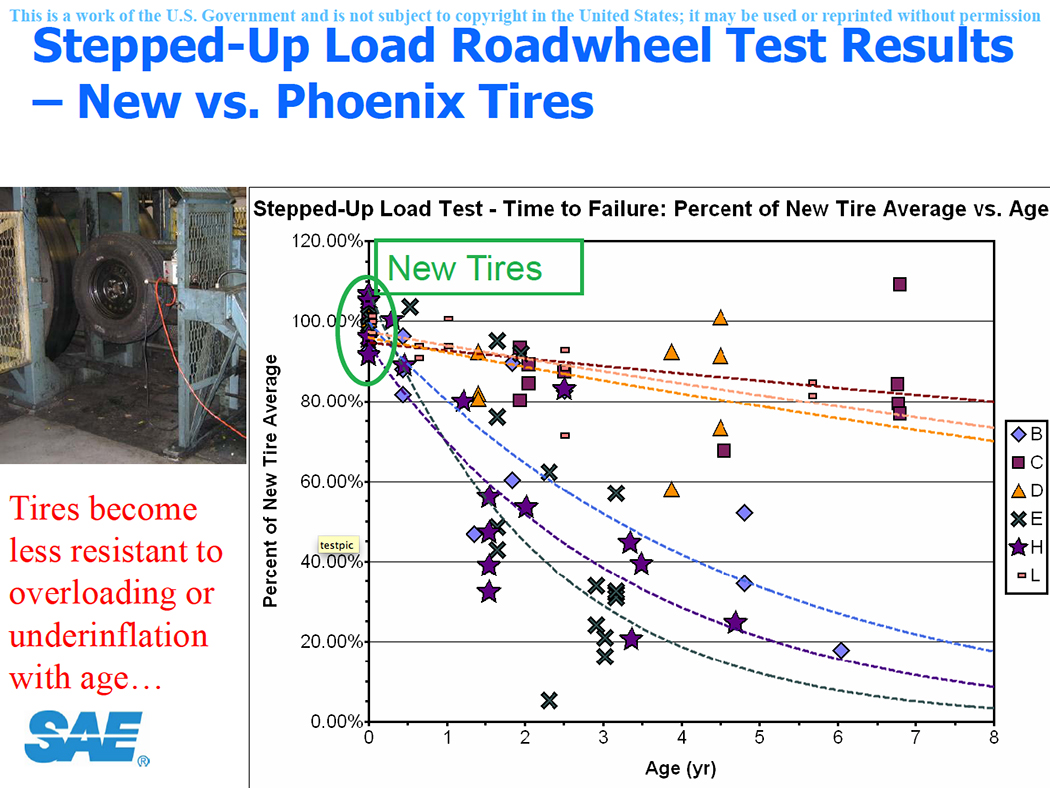
On the issue of temperature, heat increases the permeability and reactivity of oxygen. So hot air is better able to permeate the inner liner and it also reacts more quickly with the compound when heated, so you can imagine how fully inflated tires on a car sitting out in the hot desert sun for months or years at a time can rapidly degrade compared to the tires on a garage stored vehicle in a milder climate. In fact, that NHTSA study showed that tires from Phoenix, Arizona failed far sooner than new tires because of their exposure to heat. This study was able to replicate the degradation of the Phoenix tires by oven-cooking new tires at 60-65C for 3-5 weeks and with inflation pressure maintained. This may not sound that hot, but when you consider those cool desert nights, the average annual temperature in Phoenix is quite similar (72C). The NHTSA’s 2007 report on tire aging to the U.S. Congress stated in their analysis of data provided by a large insurance company that 27% of policy holders were from Texas, California, Louisiana, Florida, and Arizona and yet 77% of the tire claims came from these states and 84% of these were for tires over 6 years old.

Exercising your tires keeps them young, kids! So forget walking the dog and take your car to the track. (note: track use may actually wear your tires out, but you’ll have a shit-ton of fun doing it and you’ll save them the embarrassment of drying out and losing grip via the aging process)
Usage is, of course, also a significant factor in the tire aging process. Interestingly, the inflation pressure and flexing of the tire when in use helps circulates internal oils, which helps prevent it from drying out and hardening. As a general rule, tires that are used less (but left inflated) tend to undergo oxidation more quickly than tires than are “exercised” regularly. Of course if your idea of exercising the tires involves massive burnouts or lapping days, you may run out of tread long before they begin to show any signs of cracking or drying out. And really, what could be more honourable or glorious than wearing your tires out before they’re tool old to be useful?
As an overall timeframe for when to replace your tires, 6 years seems to be a safe and reasonable point at which to consider your tires to be aged out, based on studies done in Europe and by the NHTSA. But you can certainly factor in the tire’s speed rating, aspect ratio (which gives you a sense of internal air volume), exposure to heat, and years spent fully inflated and in service when determining when you need to replace your tires. Just don’t be “that” guy on the side of the highway using the scissor jack while trapped between your car and a concrete barrier as tractor-trailers steam by at what feels like twice the legal speed limit. Check the date stamp on your tires, keep an eye out for any signs of cracking or aging, and above all, do your best to wear them out before they age out!
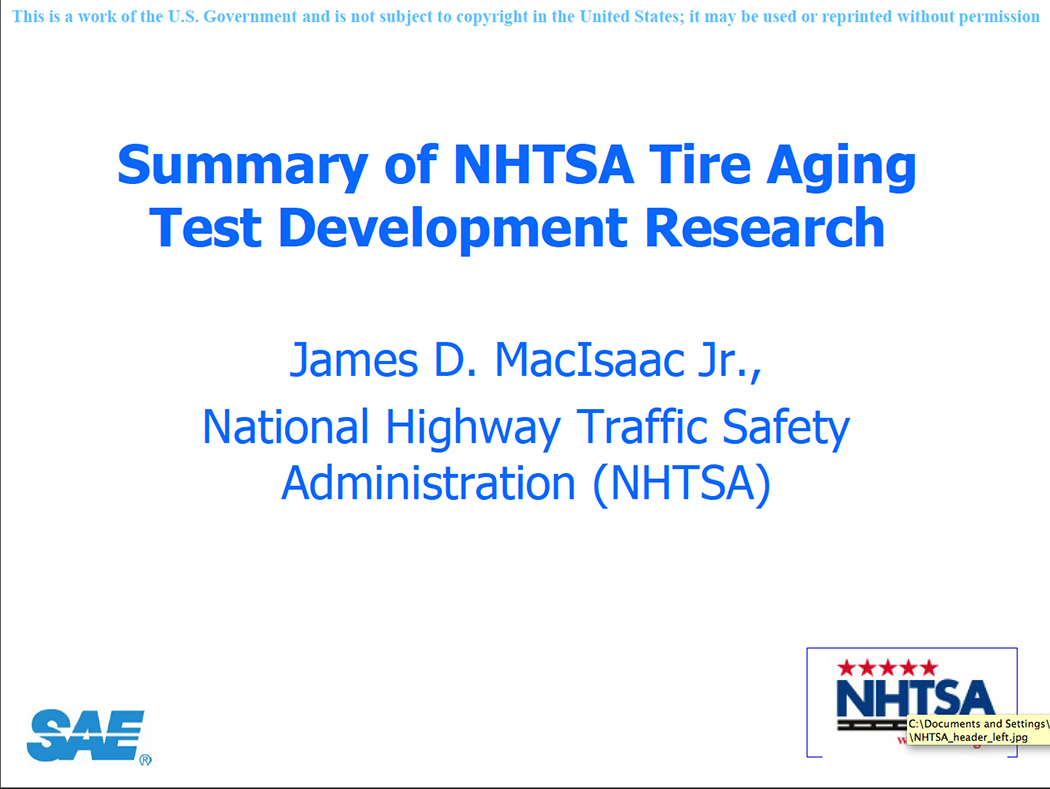
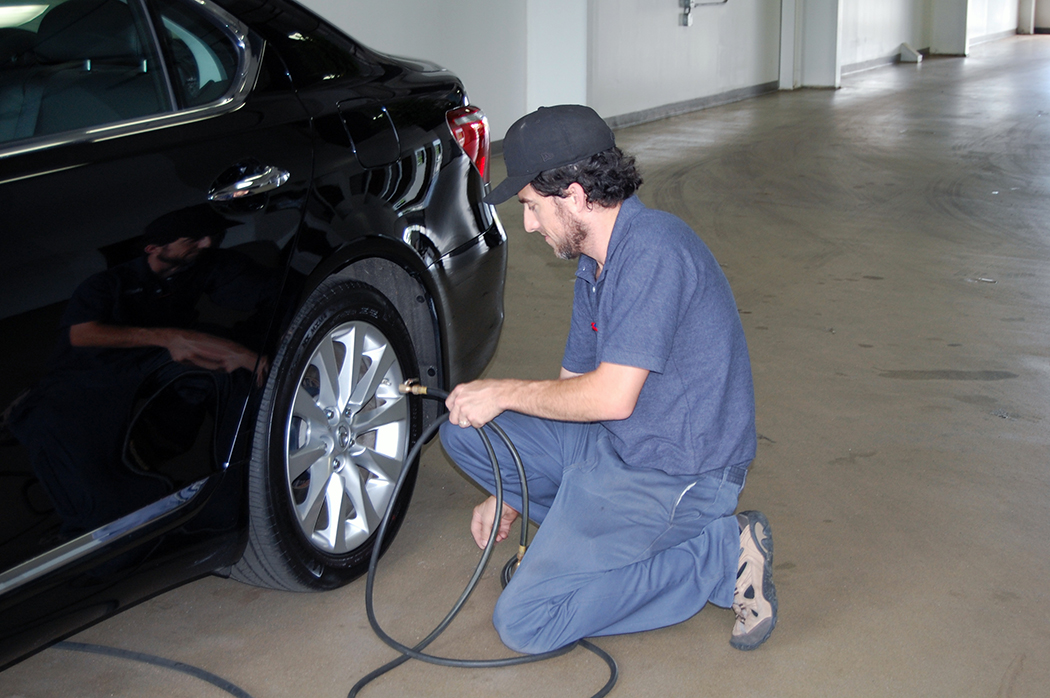
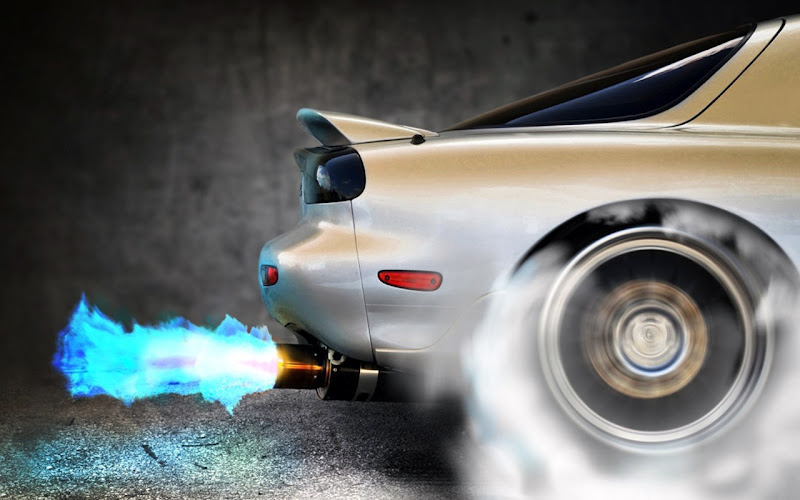

When it comes to the proper timing of changing a tire, I think it really depends on how much you have used it. I know that the age of a tire may have an impact, but it doesn’t matter as much as the usage of the tire. If someone is using a tire a lot, they will need tires sooner. Just take a look at race car drivers. They seem to have to get their tires replaced a couple of time every race. http://oneillstyres.com.au/maitland.html
I am about to buy my first car and I had no idea that tires could go bad because they were too old. The trick of checking the numbers on the tire to find out how old tires are is very interesting to me. I will definitely make sure that I will keep an eye on my tire’s age as well as tread in the future.
http://www.pepperstyres.com.au
It’s interesting to learn that tires have expiration dates to whether they are street tires or race tires as your article mentioned. That is something that will be very beneficial one day as it would provide me with the knowledge of when to properly replace them. I’ll try to see if there’s a significant difference between race tires and street tires as I’ve always wondered about that. Thanks!
Oh boy, I know this is an old article, but over the border here in Maine I am seeing dry rot cracks starting after just 3yrs, not only in my own tires, but in clients/customers’ tires as well.